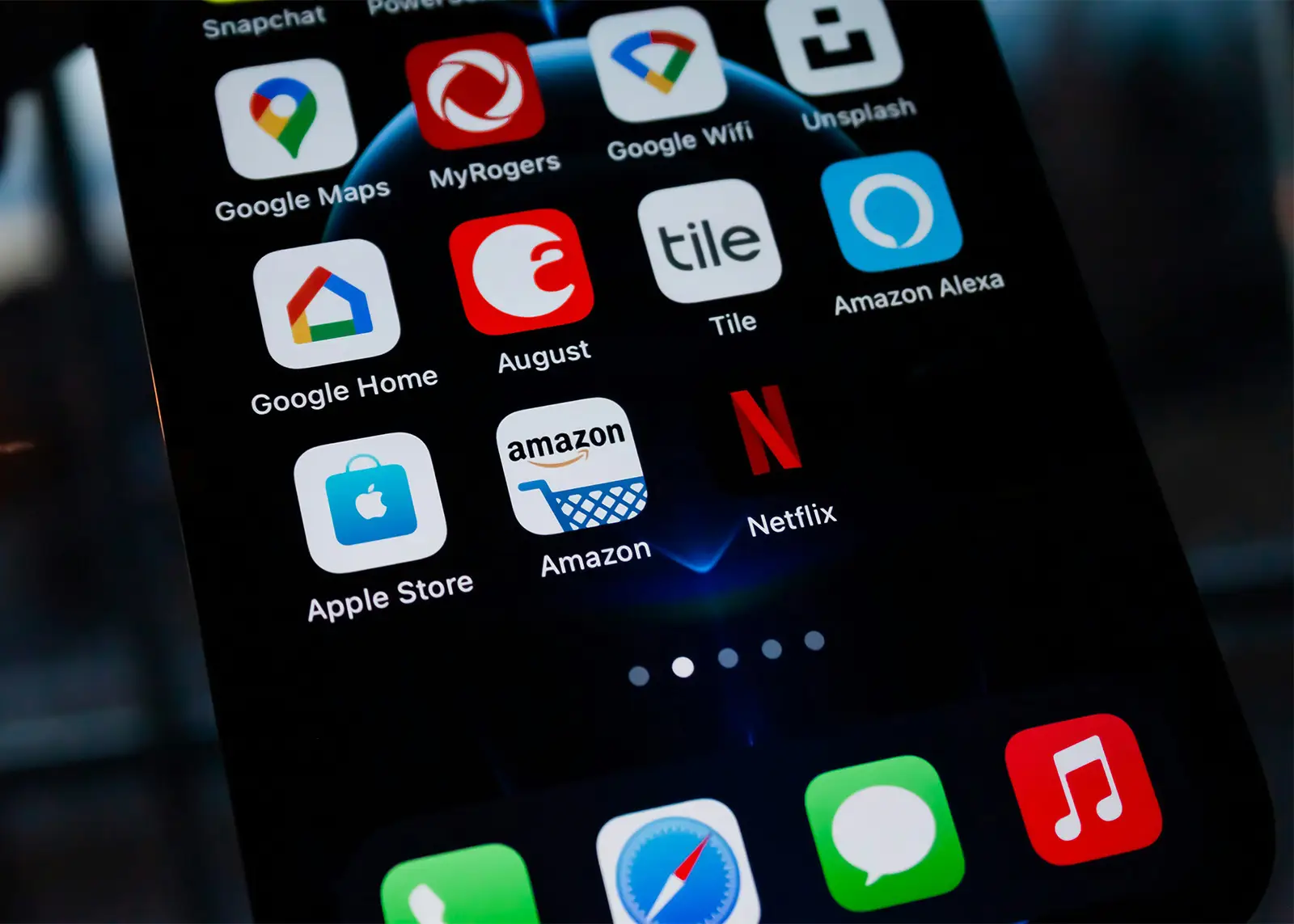When protecting a brand, businesses frequently face the dilemma of whether to register their trade mark(s) as word marks or logo marks. This decision greatly influences the extent of protection and the brand’s future adaptability.1
Word Marks vs. Logo Marks
Word Marks
A word mark consists of standard characters without any specific design elements like size, font, color, or style. It protects the word or words representing the brand, such as “Google,” “Puma” or “Apple.” Registering a word mark offers broader protection and stronger rights. However, the process can be challenging, especially with similar or common names in the marketplace.
Logo Marks
On the other hand, logo marks feature a distinctive graphic design, including pictorial marks (Figure 1) and composite elements (Figure 2). While logo marks can be visually striking and memorable2, they generally offer narrower protection. However, the chances of registration for a logo mark are higher. This is because a registered logo mark must be used exactly as it appears in the registration, which limits the brand’s flexibility.


For instance, Amazon Technologies, Inc. has successfully registered both its AMAZON (word mark) and logo marks Figure 1 and Figure 2 separately, enabling the company to use each independently for broader rights and adaptability.
The Growing Importance of Pictorial Marks
Recent trends show a rising preference for pictorial marks. This reminds me of a powerful saying “A picture is worth a thousand words.”3
The Picture superiority effect4 elicit in pictorial marks, complex emotions and associations, bypassing conscious thought processes, which can significantly enhance brand recall and engagement.
A few notable examples are:


NIKE INNOVATE C.V., which has effectively used its iconic “Swoosh” logo (Figure 3). In the beginning, the brand used the full “Nike” name alongside the logo (Figure 4), but over time, it has changed to using just the Swoosh in many contexts. The Swoosh has become so identifiable that it stands alone, reinforcing Nike’s identity as a leading sports brand without the need for accompanying text.


MC DONALDS CORPORATION., which has increasingly highlighted its iconic “Golden Arches” logo (Figure 5). While the brand initially used the full name “McDonald’s” alongside the arches, (Figure 6) it now often showcases just the arches in various marketing materials and signage. This evolution transcending the need for textual representation enforces McDonald’s identity as a global leader in fast food.
Legal Protections: Copyright and Trade mark
When a pictorial mark is created, it may be protected as an artistic work under copyright law. This protection prevents others from copying the mark in its entirety or a substantial part of it. However, many businesses choose to register their pictorial marks as trademarks for the additional legal safeguards this registration offers. This dual-layer protection is crucial, especially in industries where visual identity plays a pivotal role.
The Challenge of Choosing a Pictorial Mark for Trade Mark Protection
One of the main challenge business faces when relying solely on stylized or pictorial marks is the potential need to file new trade mark applications if they later decide to update their logo.
Depending on the extent of the changes, this can lead to additional costs and administrative hurdles. The choice of trade mark whether to adopt a word mark, pictorial mark or Composite Logo mark should align with the brand’s long-term vision, ensuring adequate protection while allowing for future adaptability in an ever-evolving marketplace.
How We Can Help with your Trade Mark Decision
We at Cousins IP, understand the complexities involved in the trade mark registration process.
Our experienced team can guide you through the decision-making process, helping you choose the right type of trade mark for your brand.
Whether you are leaning towards a word mark for its broader protection or a logo mark for its visual appeal or easy registration, we will ensure that your choice aligns with your long-term goals and provides the necessary legal safeguards.
Contact Cousins IP today to explore your trade mark choices.
- Batty, Rob. “Conceptual Confusing Similarity and Pictorial Trade Marks.” Queen Mary Journal of Intellectual Property, vol. 11, no. 4, Jan. 2022, pp. 409–43. DOI.org (Crossref), https://doi.org/10.4337/qmjip.2021.04.01. ↩︎
- Michael Evamy, ‘Iconic Boom’ (2003) 208 Blueprint 62, 62. ↩︎
- “Why a Picture Really Is Worth a Thousand Words According to Neuroscience.” MarketingProfs, https://www.marketingprofs.com/articles/2020/42939/why-a-picture-really-is-worth-a-thousand-words-according-to-neuroscience. Accessed 10 Oct. 2024. ↩︎
- “The Picture-Superiority Effect: Harness the Power of Visuals.” Nielsen Norman Group, https://www.nngroup.com/articles/picture-superiority-effect/. Accessed 10 Oct. 2024. ↩︎





